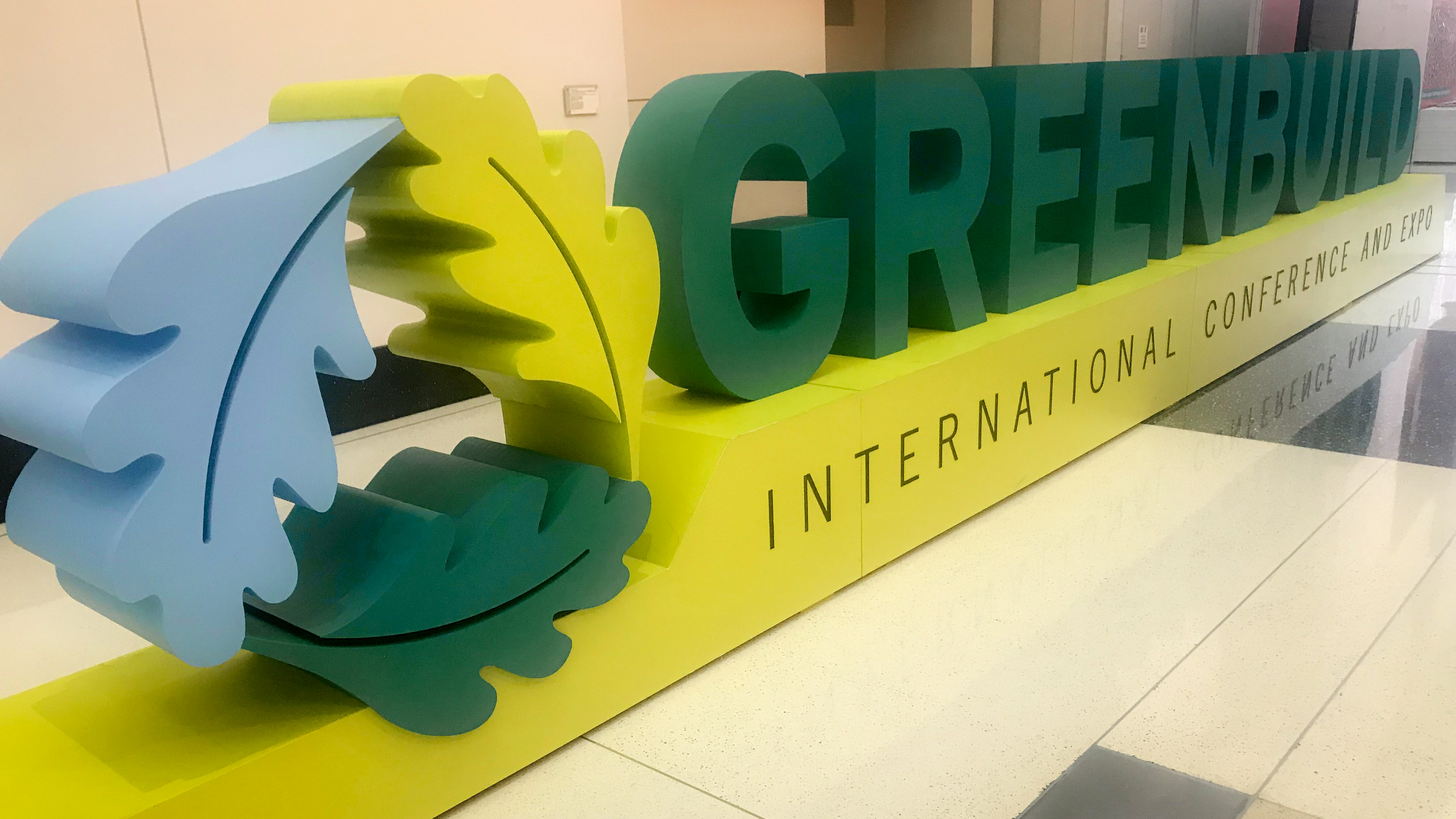
The BuiltWorld’s team has been on the move but we couldn’t resist stopping by the Greenbuild International Conference & Expo in Chicago to explore more of what’s in store in the community of green building. The conference, hosted by the U.S. Green Building Council (USGBC) and Informa Exhibitions, is now in its 17th year and known throughout the world as the largest conference and expo devoted to green building. This year’s theme was Human X Nature and explored a variety of green initiatives in the built environment, addressing the threat of climate change, sustainability, and human health. The week included green building tours throughout Chicago, dozens of educational sessions, a 600-vendor expo hall, and an appearance from Mayor Rahm Emanuel who has been recognized for Chicago achieving LEED Platinum certification.
Here are BuiltWorlds’ takeaways from our time at the event:
1. Green is Growing - The Reasons Might Surprise You
The US Green Building Council (USGBC) was excited to share findings in the recently released study World Green Building Trends 2018, a collaborative report alongside Dodge Data Analytics and other partners. This is the fourth in a series of reports that focussed on green building trends in the built environment. The data was gathered from an array of industry professionals in 19 different countries and found that green building is definitely on the rise and continues to build momentum.
“Green building activity continues to grow across the globe, with dramatic increases expected in 20 countries across five continents between now and 2021.” - World Green Building Trends 2018
The study reports that clients are increasingly wanting to reap the benefits of green building and this desire is trickling into the industry in a way that has the green building movement growing. Meeting client demands and environmental regulations continue to be the top influencers for green initiatives. The report illustrated that the health of building occupants is also a top priority in this growing industry. While health and safety are driving green initiatives, the business of going environmentally-friendly is also getting people excited by its impact to their bottom line.
The survey found two-thirds of those surveyed expect to have building operations costs decrease in the next year and more than 80 percent expect these costs to decrease over the next five years.
The data also shows that the asset value of green buildings has surpassed traditional construction by more than 10 percent and the percent of owners who have found this increase has doubled since 2012. The savings and increase in asset value is being achieved by the investment in both, retrofit and new buildings, and industry leaders are learning how to maximize efficiency using the current standards in place for the industry.
“Respondents who used rating systems, about two-thirds said they believe that green building systems help them create a better performing building,” said Elizabeth Beardsley, Senior Policy Counsel for the US Green Building Council, during an interview with BuiltWorlds. “That is really important to us as we have continued to leverage LEED to enhance building performance and make that connection to performance outcomes.”
2. We Are in the Business of Saving Lives
Carmen Yulin Cruz, the mayor of San Juan Puerto Rico, gave a riveting speech that earned her a standing ovation as she closed out the Greenbuild International Conference & Expo in Chicago. In the aftermath of Hurricanes Maria and Irma, Cruz described the impact of the catastrophic conditions and how renewable energy and technology could have saved countless lives.
“The majority of people died because they had no access to power,” Cruz said.
Last year the storms knocked out the power grid in Puerto Rico, shut down medical systems and flooded the island with waterborne diseases. Cruz reminded everyone that while she isn’t a scientist, her perspective on climate change has changed dramatically since the storm’s hit. She also made clear that while she is a politician, this issue isn’t about politics. It is about saving lives.
“It’s very hard to watch people die when their lives could have been spared if things had been done the right way,” Cruz said.
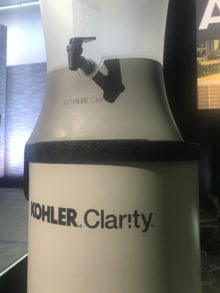
At one point, Cruz held up a small lit up box to the audience, a device known as a “solar puff” which had been supplied to Puerto Rico as a source of light for residents. She went on to describe how this same kind of innovation could be used to create mini-refrigerators to chill insulin even when the power went out. It could be used to store breastmilk and feed babies during a disaster. She also went on to illustrate how Clarity Filters, created by Kohler Co. and distributed in Puerto Rico had made a profound impact in relief efforts.
"This device saved thousands of lives and allowed our children to go back to school and drink water," Cruz said.
Cruz also described the need to create permanent solutions as storms continue to occur, strengthen and become more frequent.
“It’s about having the ability to have a product that will change people’s lives and put it in the hands of people before their lives need to be changed,” she said as she described new initiatives in San Juan that will solely be utilizing solar power energy, LED lighting, and materials that can withstand a Category 5 hurricane.
While much of our focus in the built world focuses on building smarter buildings, connecting worksites, increasing safety, and planning how we can catch up in an industry that is ripe for disruption, Cruz asserted that our purpose is making a greater impact than any of us may have realized.
THE BUILT WORLD IS CHANGING. WANT TO STAY ON TOP OF THESE SHIFTS? STICK WITH BUILTWORLDS, AND CHECK OUT THIS RELATED CONTENT:
- News: Jamie Redmond on the next-gen and how they define sustainable cities
- News: Green LA maps road to 100% renewables
- News: AECOM greenlights 2020 carbon cuts
WANT TO SEE PREMIUM INSIGHTS FROM BUILTWORLDS AND ATTEND OUR EVENTS? THEN JOIN OUR MEMBER NETWORK.
3. The Comfort of a Building’s Skin may go Deeper Than You Thought
Mark Lucuik, Principal, Director of Sustainability and Jamie McKay, Principal, Senior Sustainability & Building Science Specialist at Morrison Hershfield Limited made the case at an educational session at Greenbuild 2018 for a more balanced approach to the design, creation, and impact of the building envelope system.
The building envelope has long been viewed as a building’s skin, the barrier that protects a structure from outside threats. But there is a lot more to it. Traditionally, this critical layer has often been used in a way that is suffocating and limiting our ability to utilize this protective layer to its fullest potential.
Much like our skin, Lucuik and McKay say the building envelope should be optimized as part of a complex system that impacts both a structure’s internal, external, and overall well-being. Like our own skin which protects our body’s organs and helps keeps out foreign pathogens, the building’s envelope can be utilized in similar ways, helping create a healthy experience inside, regulating temperatures, and keeping external threats out.
We have often resisted the idea that a building’s skin is part of a complex system and therefore, missed out on an abundance of opportunities that can also be used to regulate airflow, control water vapor, influence light, deflect noise, and decrease the need and costs associated with energy usage. But to do this, we must consider that EVERYONE owns the building envelope. Just as everyone has a stake in how a building is constructed, everyone also contributes to the efficiency of the building envelope as a system. From architects and project managers to construction workers and those implementing energy modeling systems, we must remember that each plays an intricate role that can make a big impact. Get these players involved early and embrace the notion that we must all own the building’s envelope if we all want to be comfortable in its skin.

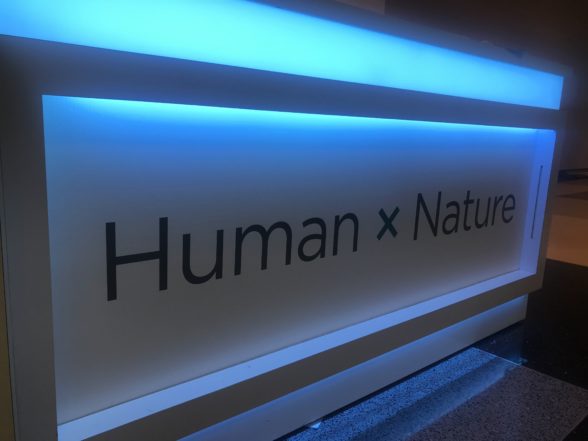
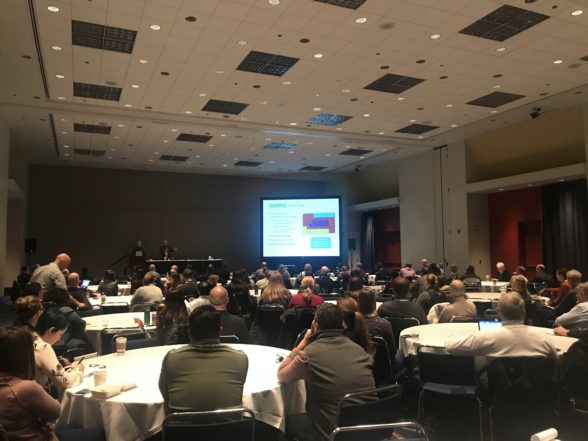
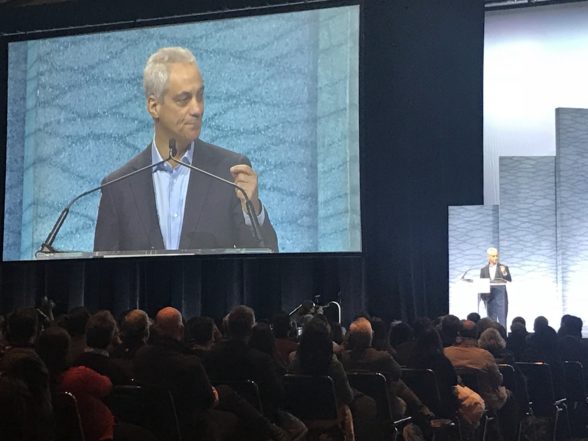

Discussion
Be the first to leave a comment.
You must be a member of the BuiltWorlds community to join the discussion.